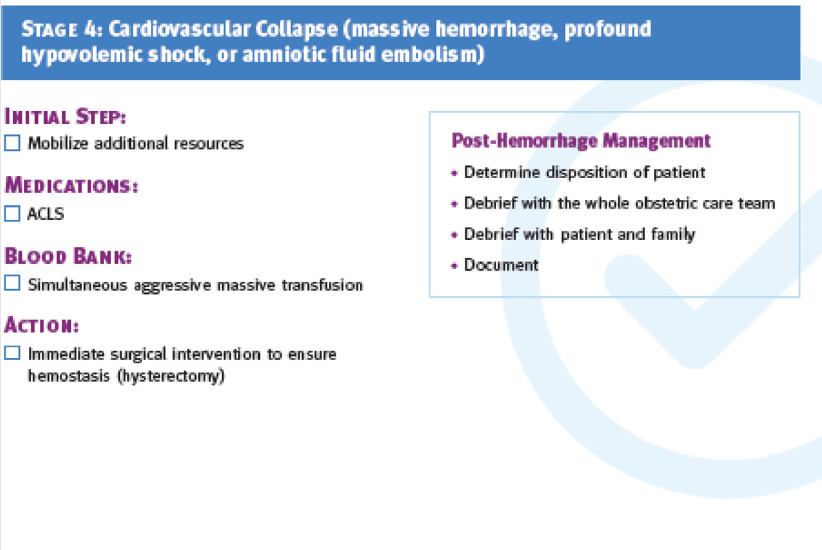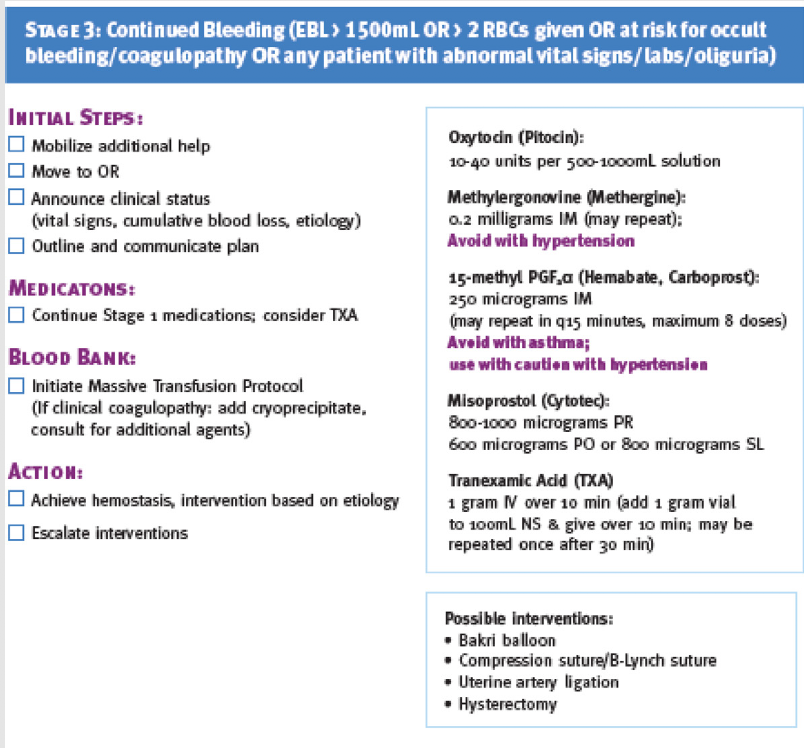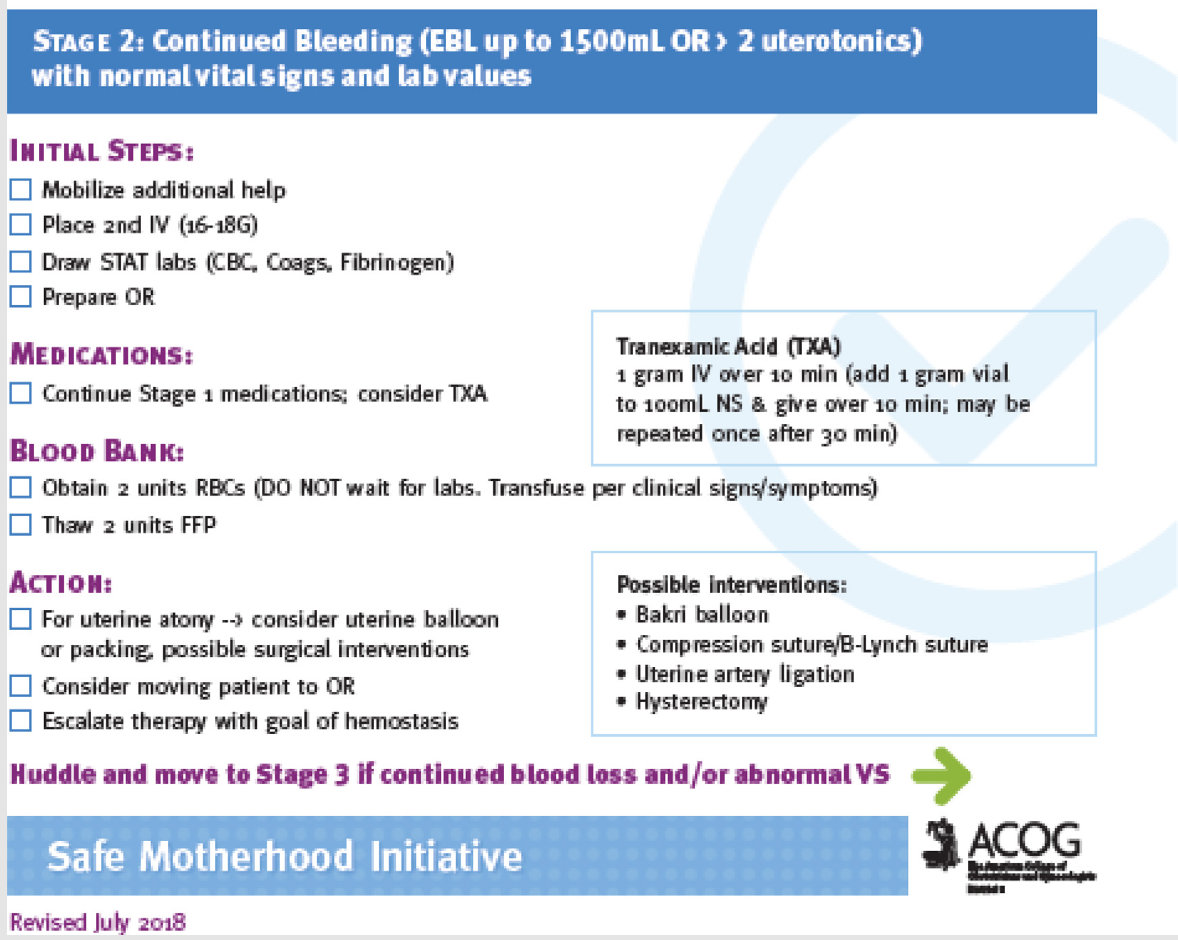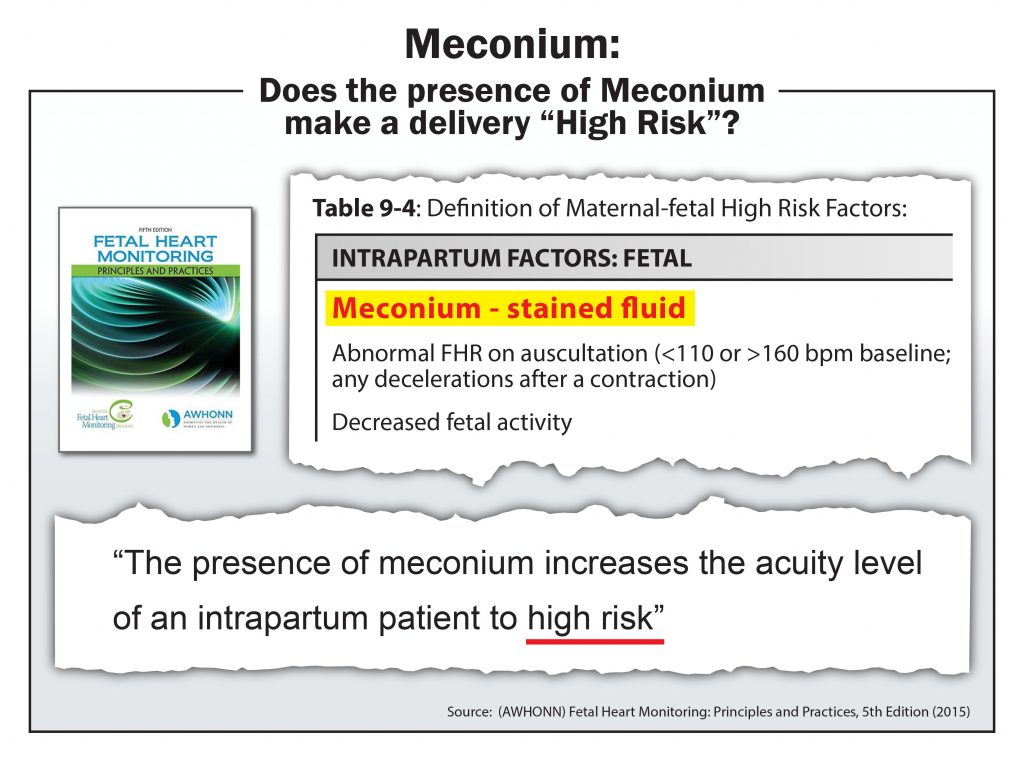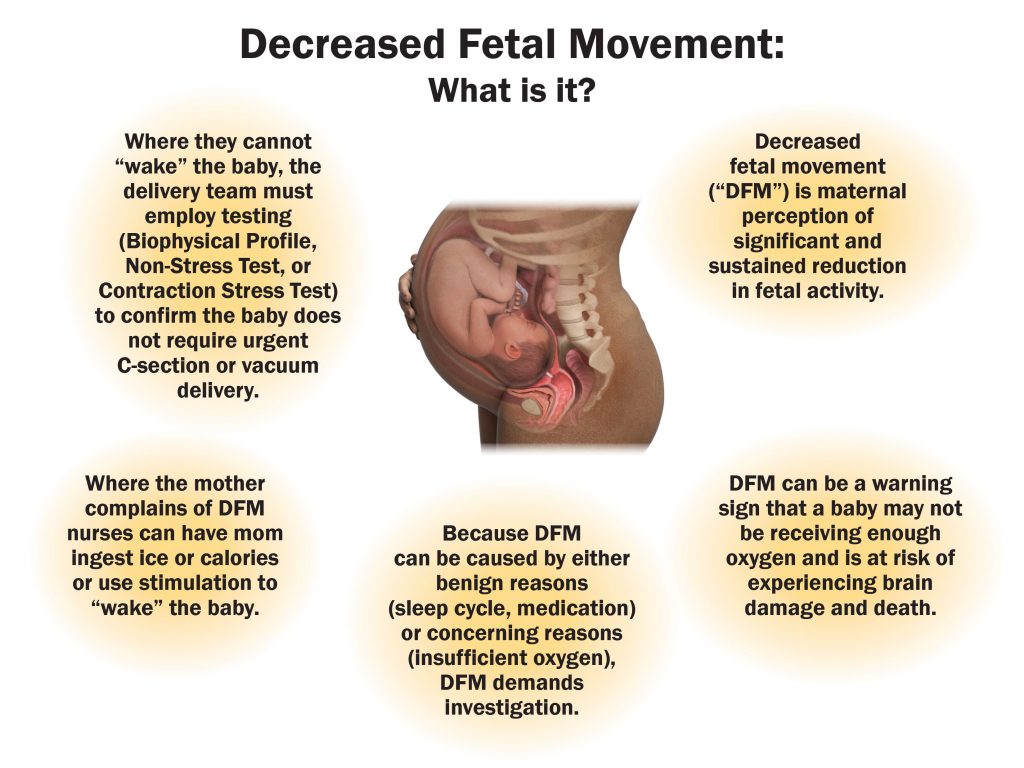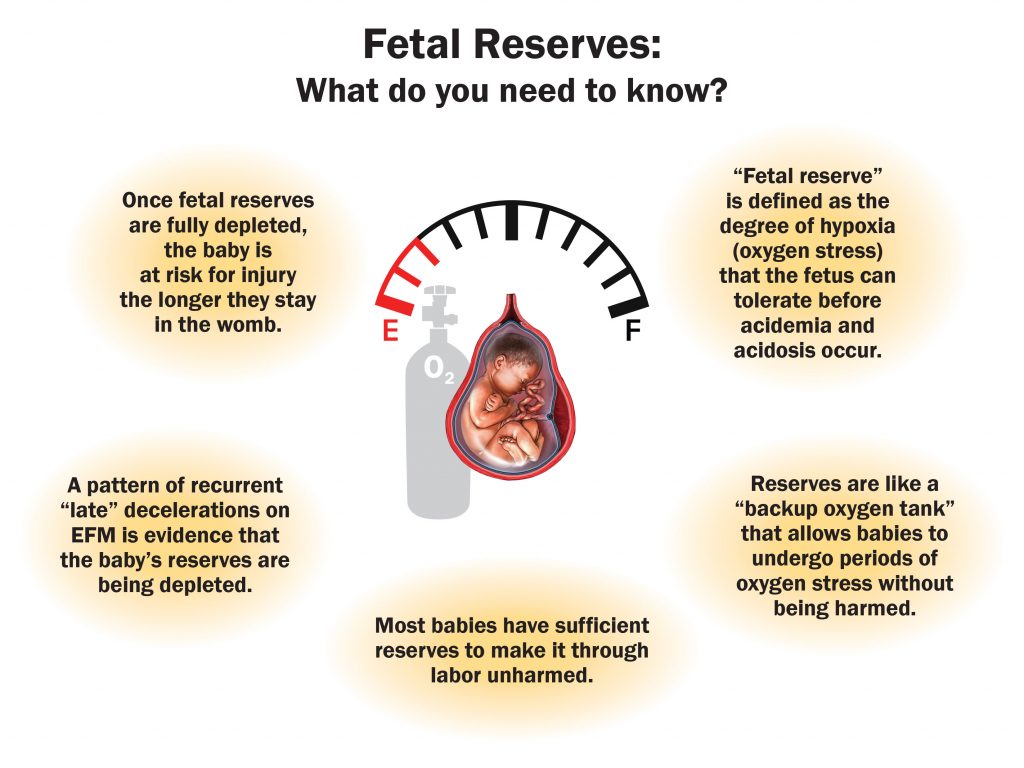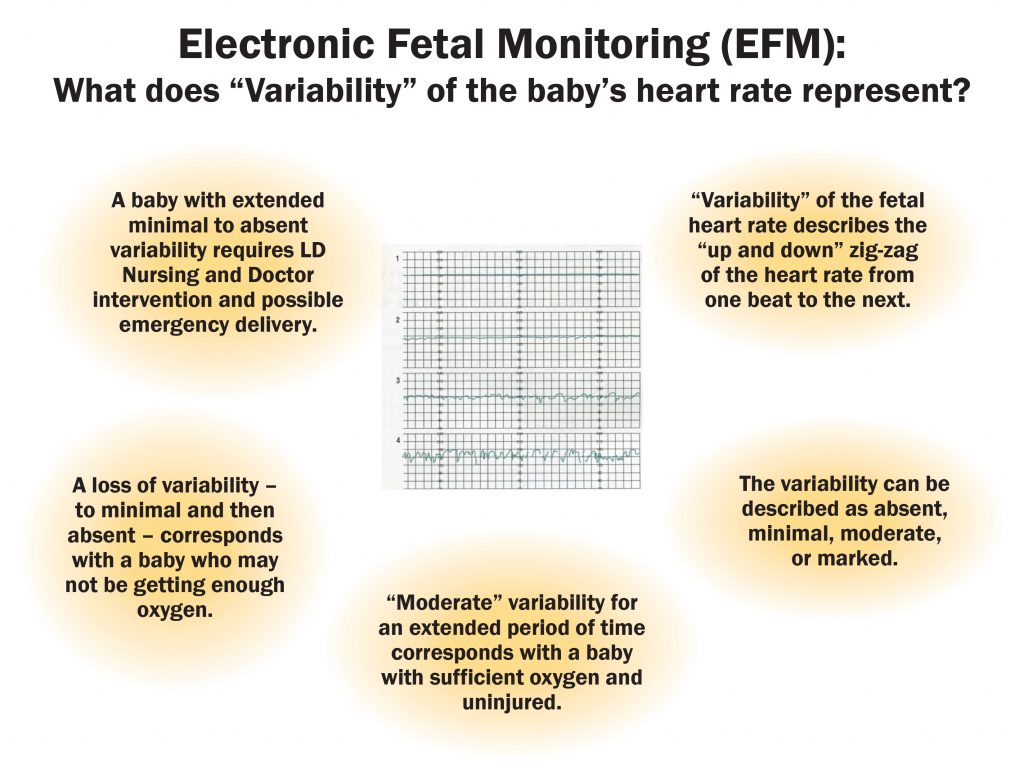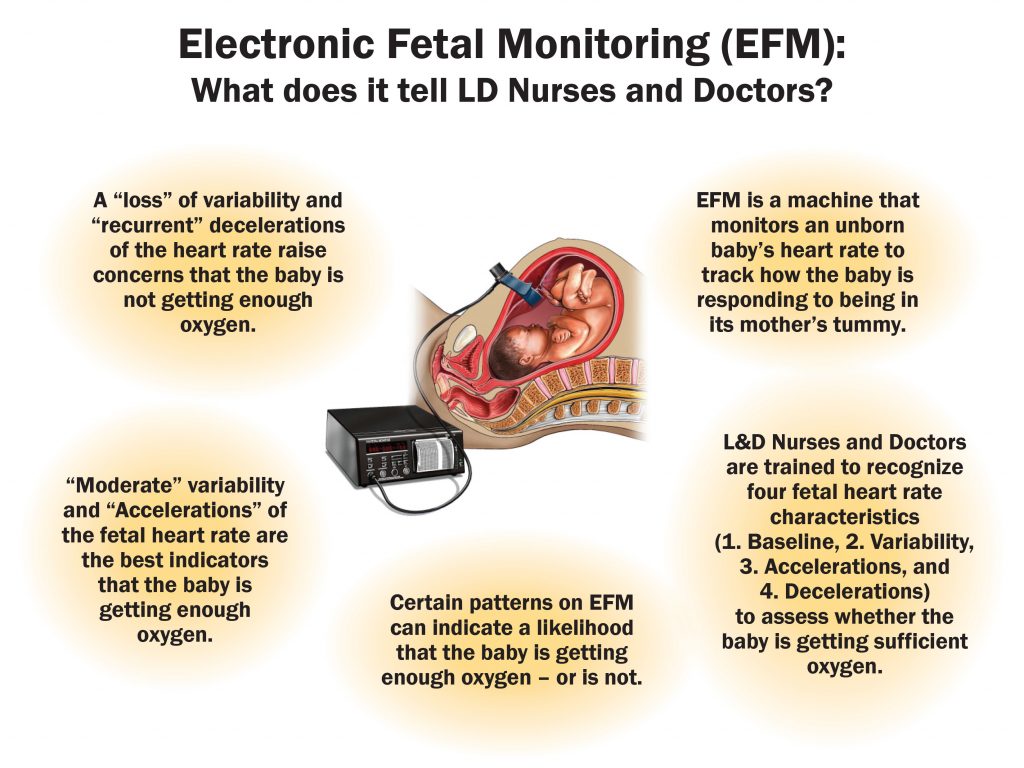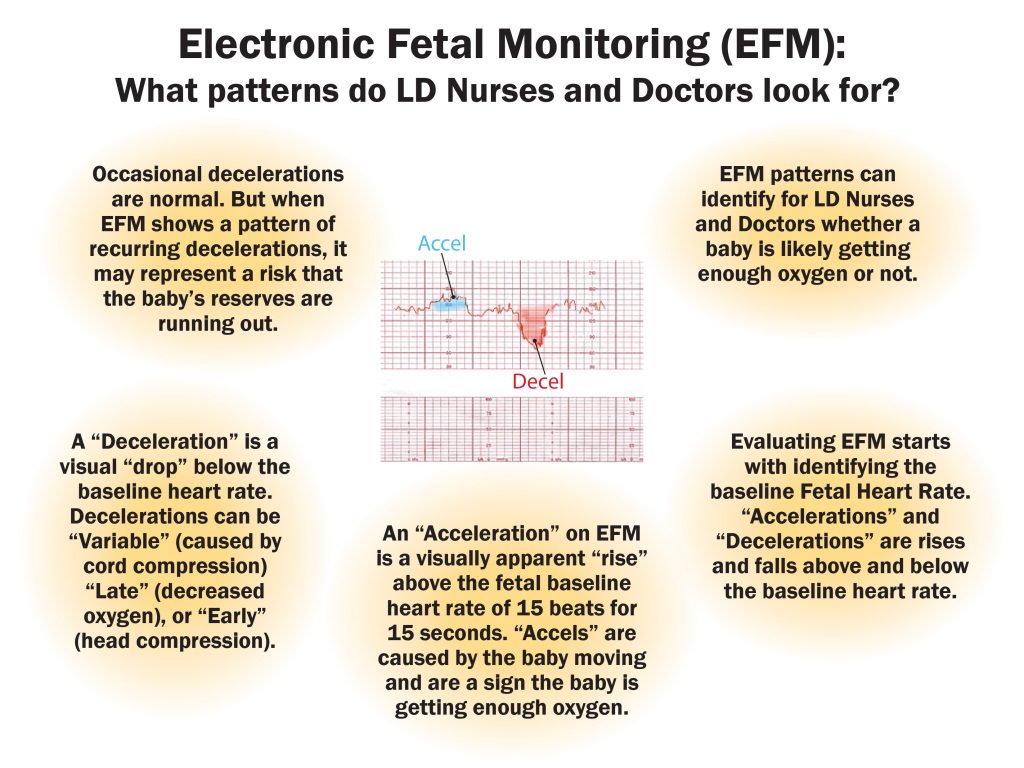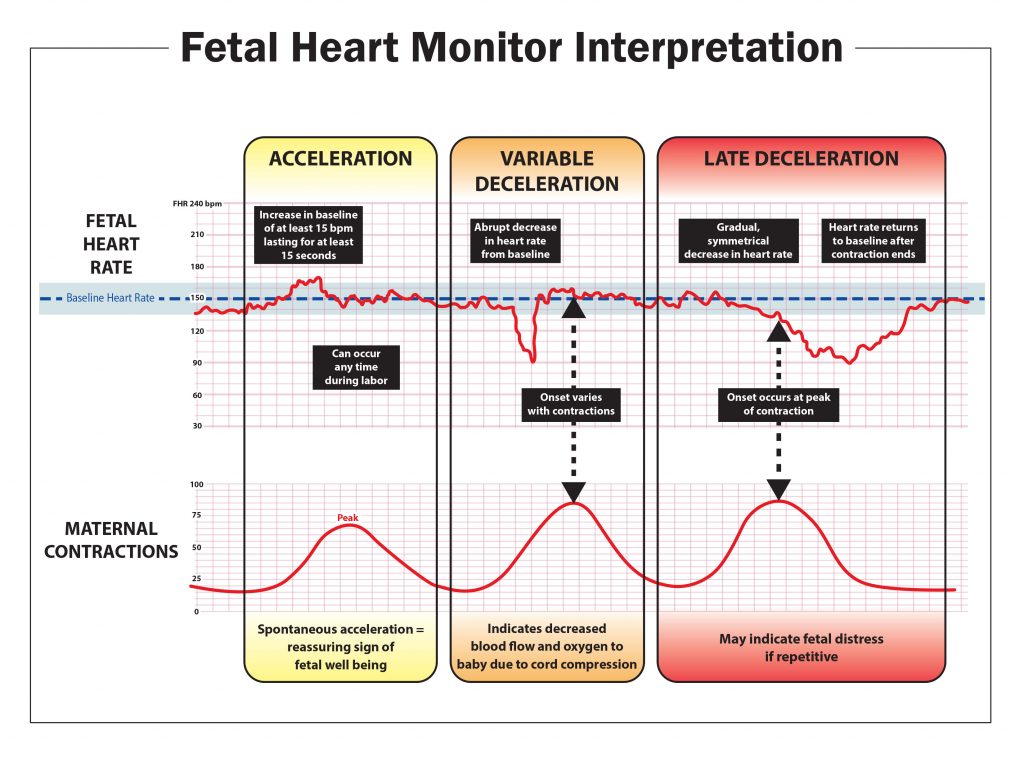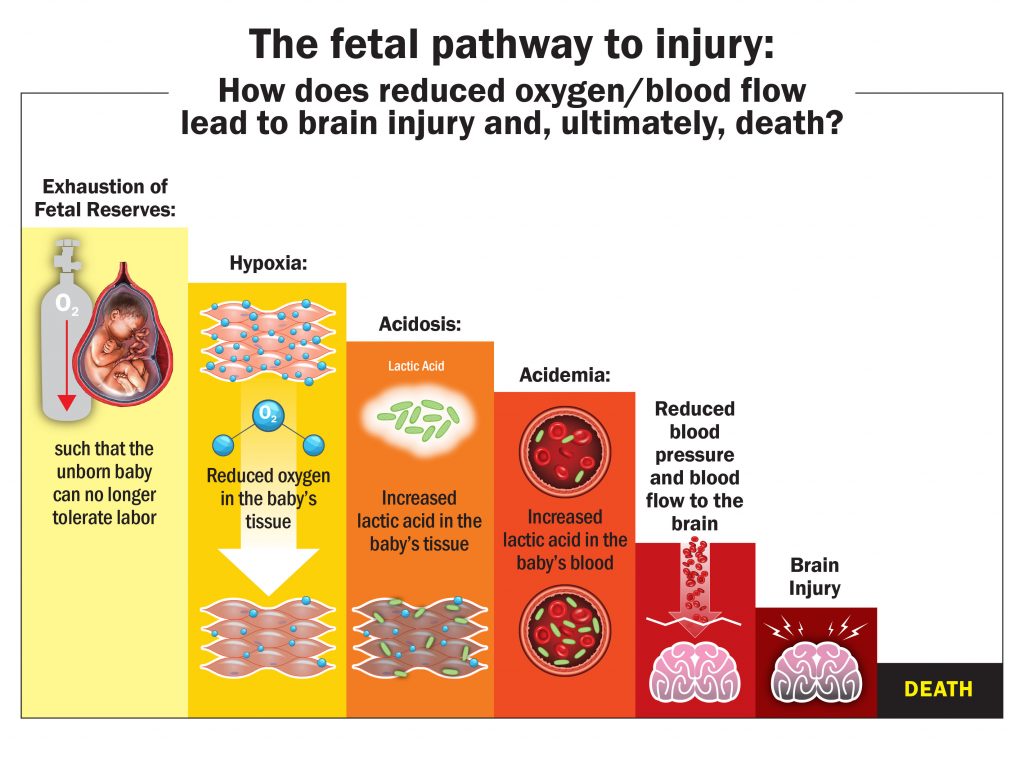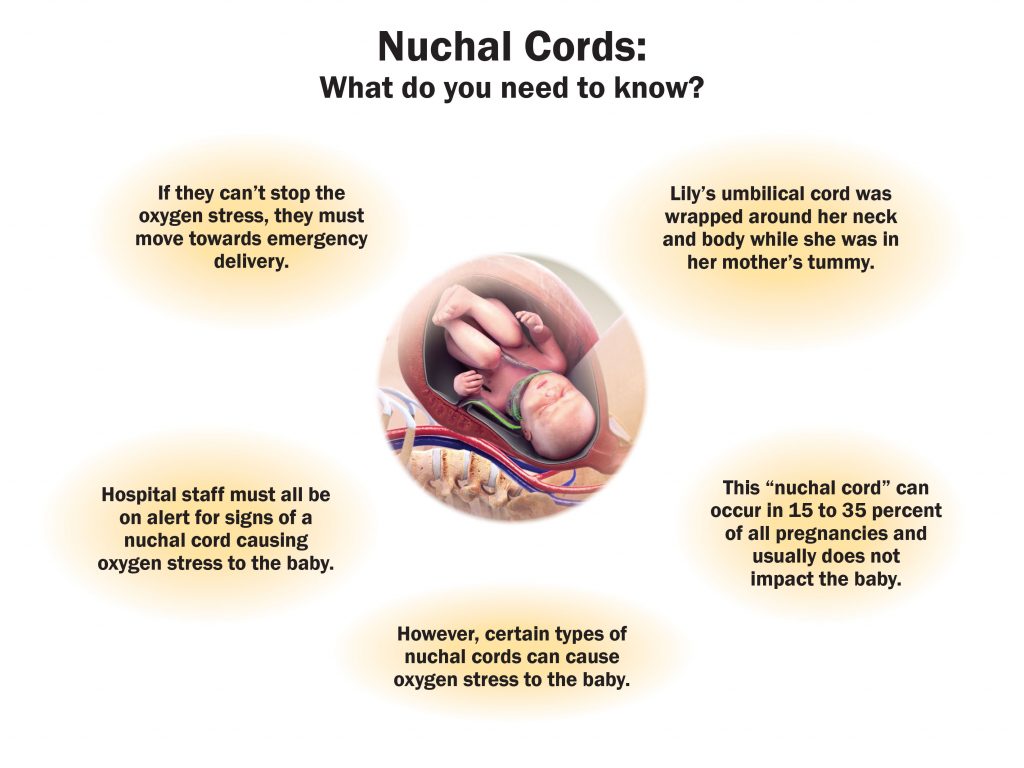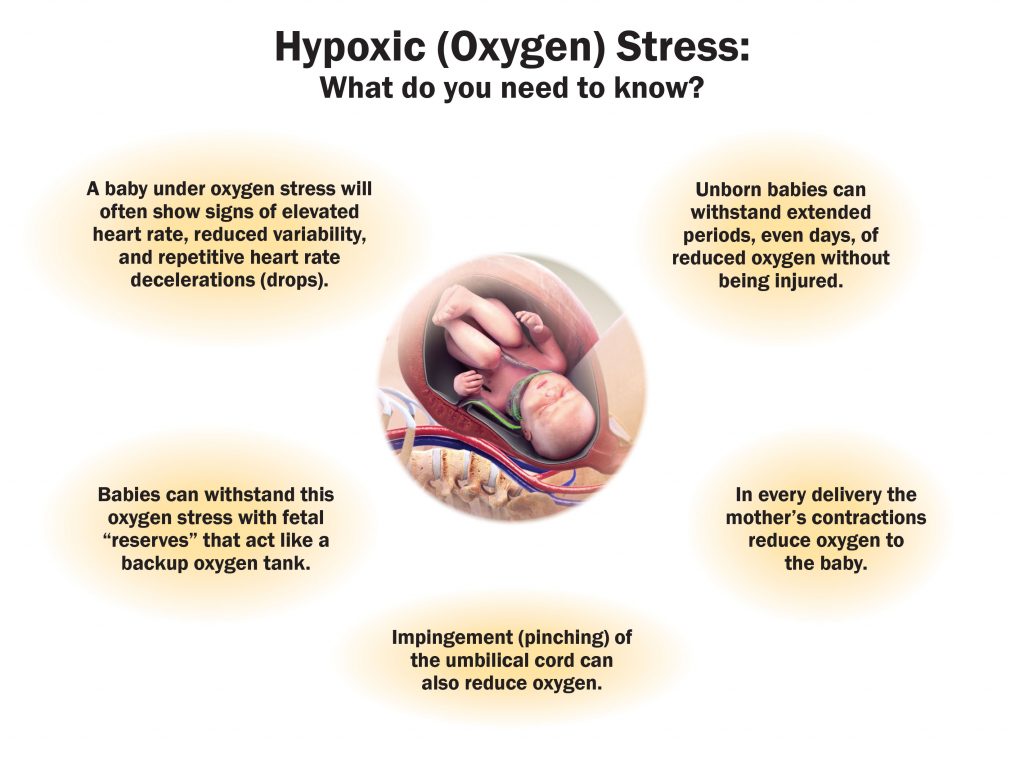I am a motorcycle rider. I know firsthand the dangers involved and spend a lot of time thinking about how to be safe. I have also represented catastrophically injured motorcycle riders and their families where another driver’s negligence caused a wreck.
Motorcyclists have a higher chance of being in a fatal crash than other drivers. The most common cause of motorcycle accidents is other drivers not seeing the motorcycle, even in broad daylight, primarily due to the fact that a motorcycle is much smaller than a car or other vehicle. According to nolo.com, the most dangerous situation for motorcyclists to be in is when cars are making left hand turns. This accounts for 42% of all accidents involving motorcycles and cars.
The Georgia Governor’s Office of Highway Safety’s latest statistics report that 7 out of 10 Georgia motorcyclists were killed in crashes in 2009. The total motorcycle fatalities for 2009 in Georgia was 140. Fulton County had the highest fatality rate, with second place being shared by Cobb, Gwinnett, and Hall Counties.
Though motorcycle safety might seem like common sense, if you are a motorcyclist, it’s a good idea to review the rules of the road periodically. There are numerous pamphlets and online resources available on the topic, but if you are busy and haven’t had time to read one, here is a short list of safety tips.
1) One thing that all motorcyclists should do is take a riding course. Usually the Department of Driver services in your state will have motorcycle courses available, and they may provide license waivers or other benefits if you enroll in and successfully complete one of their courses. For example, in Georgia, the DDS (Department of Driver Services) waives the written and riding portions of your Motorcycle License application for 90 days from the completion date of your course. Go to Georgia DDS website to check out course options. They have several different classes available through the Georgia Motorcycle Safety Program (GMSP), from a Basic course for someone who has never ridden before to refresher courses for experienced bikers who just want to brush up on their skills or knowledge. In their basic course, motorcycles and helmets are provided. If you own a scooter, you may also participate in the training, as the same basic rules apply and scooters are also considered vehicles of the road. The proper training can save your life.
Another way to find a course in your area is by going to the Motorcycle Safety Foundation website and selecting your state. It will then give you a list of counties and a contact number to call and reserve your spot in a class.
2) Always wear all appropriate protective gear. This includes:
– Helmet – Always wear your helmet, and always fasten it. If not fastened it can’t protect your head in a crash. Head injuries are the leading cause of death in motorcycle accidents. If the helmet has a face shield on it, it will also protect your face from wind, rain, sunburn, and foreign objects such as insects. It also helps protect your ears and hearing from loud road noises. Today’s helmets are not as heavy as they used to be, as technology has provided for more lightweight durable materials. Georgia law requires helmets be worn for all riders.
– Eye protection.- Preferably should either be the shield on your helmet or if it doesn’t have one, goggles. Eyeglasses don’t provide sufficient protection and would most likely shatter on impact. Eye protection is also required by Georgia Law.
– Gloves (preferably leather) – Leather affords the best protection. Gloves prevent abrasions if you should crash, but they also prevent other possible injuries, such as a rock flying up from the road and striking your hand. Gloves also keep your hands warm when riding in cold weather. Otherwise hands can become stiff and frozen into one position, preventing quick reactions when necessary.
– Over-the-ankle boots – Your boots should have a rubber sole with a good grip, so that your foot doesn’t slip off the footpeg or slip on the ground if you were to stop in gravel/sand, or an oily spot at a gas station.
– Long sleeve shirt or jacket, and long pants – Something made of durable material, such as denim, leather, or heavy duty nylon. This provides protection from abrasion in case of a crash, and will also help shield you from wind, rain, sunburn, or freezing temperatures. Don’t wear anything that flaps in the wind, and don’t wear jeans with holes, etc. Light colors or reflective patterns make you more visible to others on the road.
For a complete listing of motorcycle laws by state, including required protective gear, see americanmotorcyclist.com.
3) Keep headlights on at all times. – This aids in increasing your visibility to others on the road. Georgia law requires motorcycle operators to have headlights on during daytime travel.
4) Always have an annual inspection to make sure that everything is in good working order. You can refer to a pre-ride inspection list such as this one which can be found on the Motorcycle Safety Foundation’s website. Some states, like Texas, require an inspection every year. Georgia does not, but it is a good policy to follow to prevent bigger problems.
5) Along the same lines, make sure that you perform all scheduled bike maintenance. Keeping your motorcycle maintained is the easiest way to ensure that it’s always running smoothly and you won’t have unexpected breakdowns and costly repair bills. This includes checking tire pressure, making sure the battery is fully charged, and checking and changing fluids as needed. One of the worst experiences on a motorcycle can be breaking down on the side of the highway.
6) Take extra precautions if riding at night. It’s hard for other drivers on the road to see you at night, and it’s also harder for you to see obstacles or hazards in the road. To make yourself as visible as possible, wear reflective clothing and make sure that all lights on your bike are in working order. Take a look at your bike in the dark from a distance, from all angles, and add reflective tape to any areas that aren’t well lit.
You should also drive slower at night and increase the distance between yourself and the vehicle in front of you. This gives you more time to react to unexpected situations, such as a sudden stop by that driver or a small animal running into your path. By slowing down, it gives other drivers more time to see you as well.
7) Always check the weather report before heading out on a trip. An unexpected change in weather resulting in rain, colder temperatures, or wind will create more hazardous and uncomfortable conditions.
8) And always remember, regardless of whether it’s day or night…. Always ride with the presumption that other drivers cannot see you. You should never forget that they cannot see you as they would another car, and drive accordingly. Experienced riders say this is the main thing that motorcycle riders should understand.
No one ever plans to have an accident. They usually happen in a split second, and many times could have been avoided. Perhaps you are not conscious of something that is happening near you – another car coming into your lane, a small animal running into the road, etc. You are much more vulnerable to accidents on a motorcycle than in a car. What could be a minor fender bender in a car could be a catastrophic event on a motorcycle.
If you or a loved one has been injured in a motorcycle accident, our attorneys at the Tyrone Law Firm are here to help. Our firm has been involved in suits involving motorcyclists and have recovered millions of dollars for them and their families. You may be able to receive compensation for your injury or loved one’s death if the motorcycle accident involved the negligence or recklessness of the other party. Our motorcycle accident attorneys – serving Fulton, DeKalb, Clayton, Gwinnett, Cobb, Rockdale, and other counties throughout Georgia – will review the details of your accident and help determine if you are eligible to file a claim.
Please contact us to discuss your situation. Nelson Tyrone is himself an avid motorcyclist and is very dedicated to the motorcycling community.
Nelson handles Serious Injury, such as Brain Injury, Spine Injury and RSD/CRPS cases throughout the United States. He involves only the top medical, rehabilitation and life-care plan experts in the field. His results on behalf of clients include several of the largest settlements and verdicts on record.
Contact us at 404-377-0017 or via email at admin@tyronelaw.com. If we cannot assist you, we will do our best to put you in the hands of attorneys who can.
We look forward to hearing from you and hope to be able to assist you with your case.
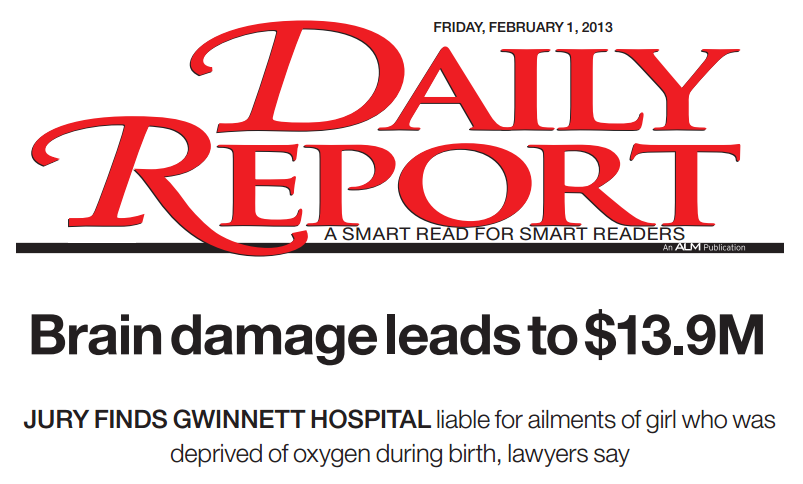



 Hayley serves as a Labor and Delivery Nurse Consultant for the Tyrone Law Firm. She attended and graduated Cum Laude from the University of Georgia in 2004 with a Bachelor of Arts degree in Journalism/Public Relations. After graduation she moved to the gulf coast where she pursued a career in real estate and development.
Hayley serves as a Labor and Delivery Nurse Consultant for the Tyrone Law Firm. She attended and graduated Cum Laude from the University of Georgia in 2004 with a Bachelor of Arts degree in Journalism/Public Relations. After graduation she moved to the gulf coast where she pursued a career in real estate and development.
